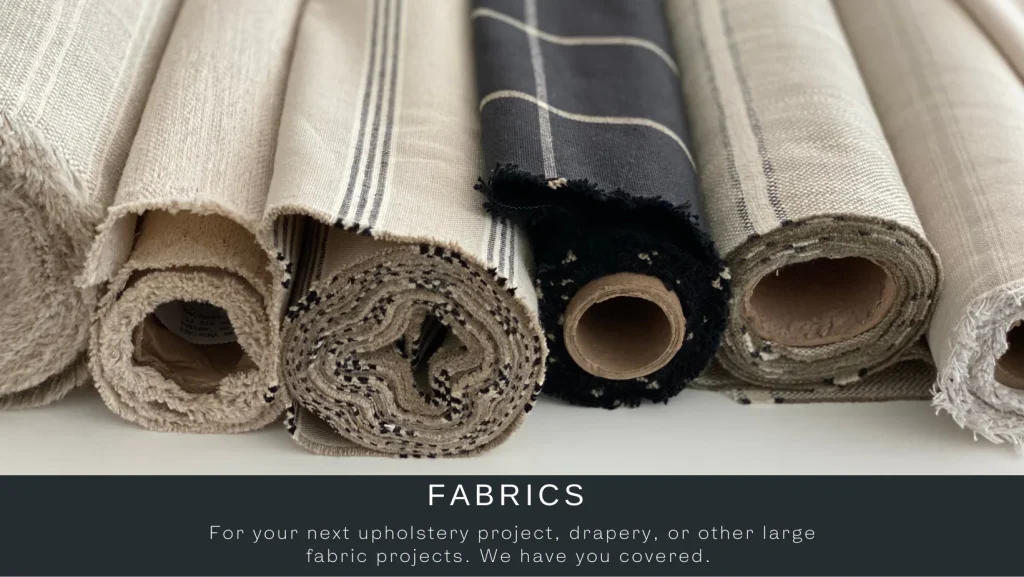Furniture materials enjoy an essential position in the entire beauty, ease, and longevity of furniture pieces. These fabrics can be found in a wide range of resources, finishes, colors, and designs, each giving distinctive characteristics and benefits. One of typically the most popular furniture textiles is upholstery material, which will be specifically designed for covering sofas, chairs, and other seating surfaces. Upholstery materials may range from natural materials like cotton and linen to artificial components such as for instance polyester and microfiber, each providing various degrees of softness, durability, and stain resistance.
Still another common kind of furniture material is drapery cloth, which is useful for curtains, curtains, and screen treatments. Drapery fabrics come in different loads and designs, enabling homeowners to attain various quantities of mild control, privacy, and insulation. From large and lightweight textiles for a breezy, heavenly turn to heavy and opaque materials for maximum mild blockage and solitude, there is a drapery cloth to match every type and practical need.
In addition to upholstery and drapery textiles, additionally, there are niche fabrics designed for outdoor furniture, such as patio seats and lay sets. Outside furniture fabrics are usually created from weather-resistant materials like fat, cotton, and vinyl, which are UV-resistant, water-repellent, and mold-resistant. These textiles are manufactured to resist the weather and maintain their color and strength even in hard outdoor situations, creating them perfect for use in gardens, patios, and poolside areas.
Beyond practical considerations, furniture textiles also perform a significant role in inside style, putting texture, shade, and character to residing spaces. From wealthy, lavish velvet fabrics that exude elegance and opulence to fun, vibrant images that inject personality and whimsy, furniture fabrics let homeowners to express their personal model and build spaces that reveal their preferences and preferences.
When choosing furniture materials, it’s important to consider facets such as for instance longevity, preservation, and suitability for the supposed use. For high-traffic places like living rooms and family areas, durable, stain-resistant textiles like microfiber and leather tend to be chosen for his or her simple preservation and longevity. In contrast, fine textiles like cotton and velvet may be better suited to formal residing rooms or bedrooms where they’re less probably be confronted with leaks or heavy wear.
Care and maintenance are important for keeping the beauty and lifetime of furniture fabrics. Standard vacuuming, spot cleaning, and skilled upholstery cleaning might help remove soil, dirt, and spots and prevent early use and tear. Furthermore, it’s crucial to follow along with manufacturer’s care recommendations and avoid applying hard compounds or harsh washing agents that’ll injury or discolor the fabric.
To conclude, furniture textiles perform an essential role in surrounding the design, sense, and performance of furniture parts and interior spaces. Whether it’s upholstery fabric for sofas and chairs, drapery cloth for drapes and screen treatments, or outdoor lijmspray for deck furniture, the best material may enhance ease, longevity, and style while highlighting the homeowner’s special personality and style preferences. With a wide variety of components, textures, and colors to choose from, homeowners have countless possibilities for making lovely, useful, and tempting residing spaces that they’ll appreciate for decades to come.

